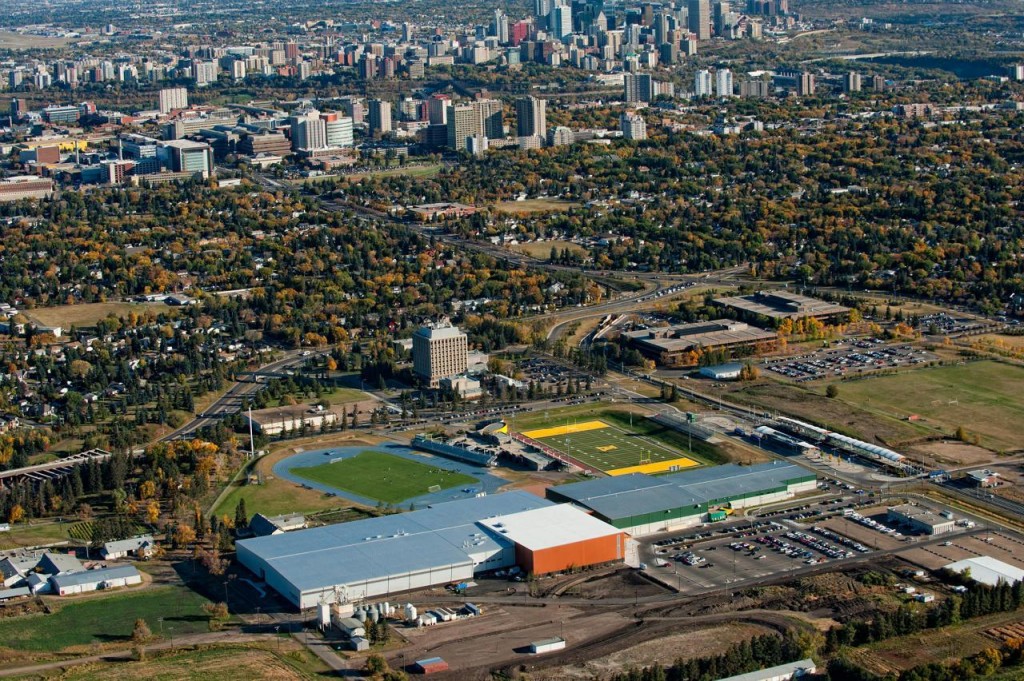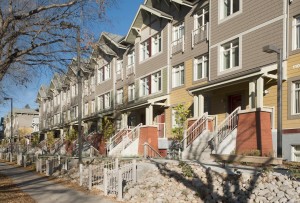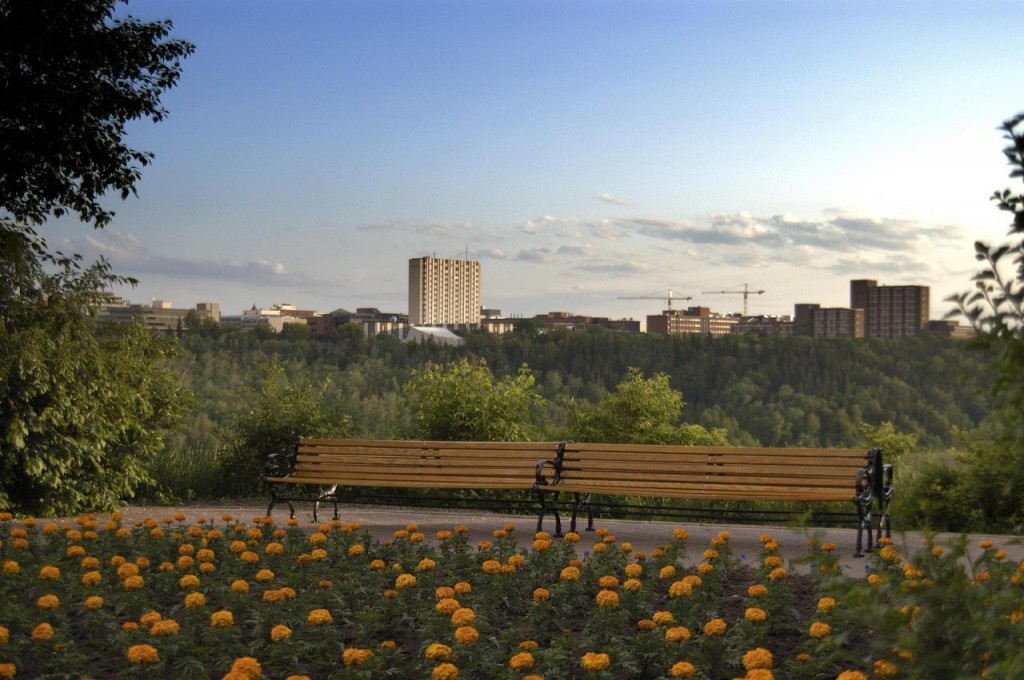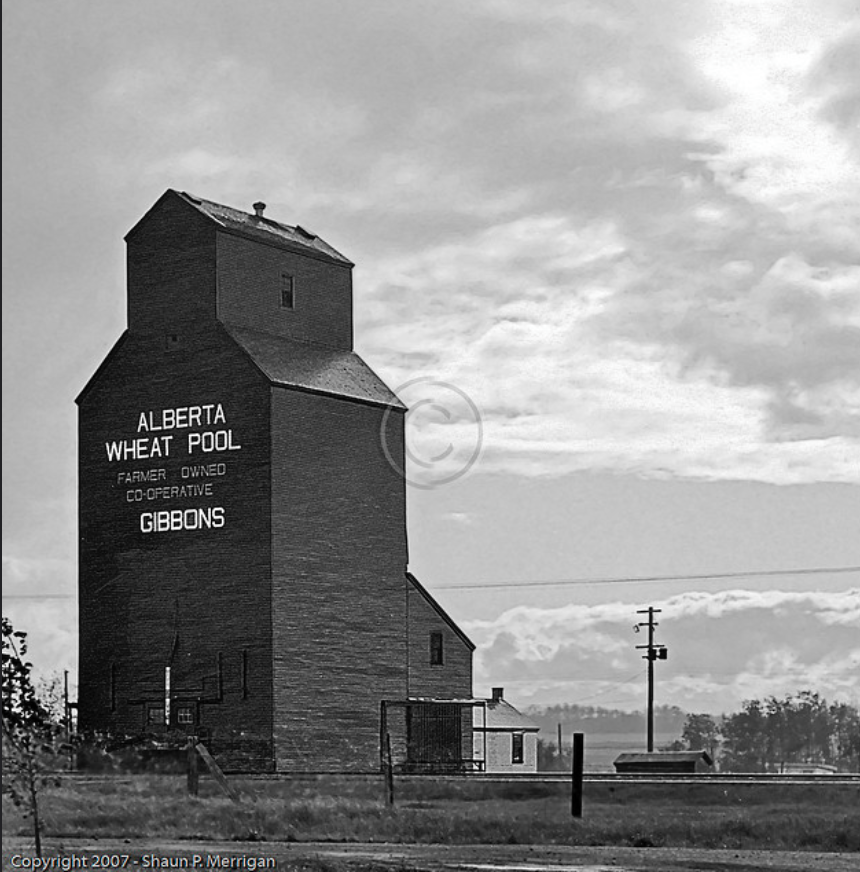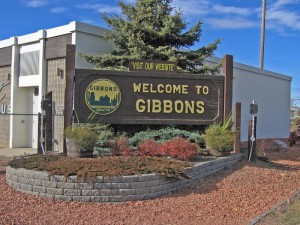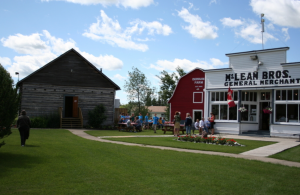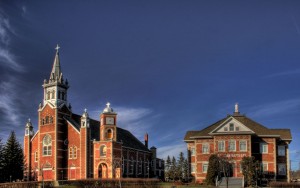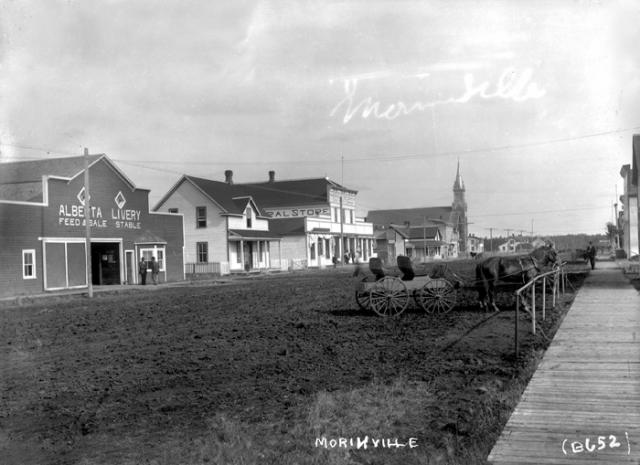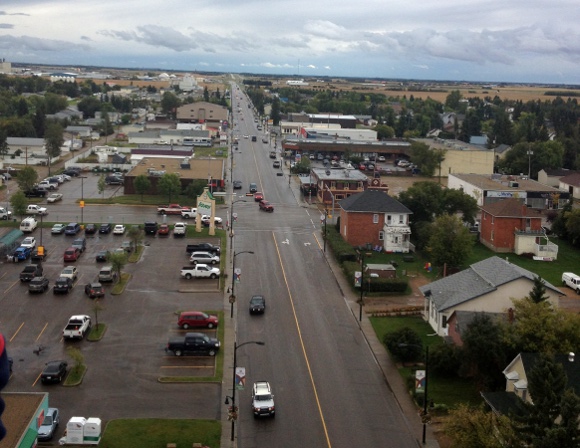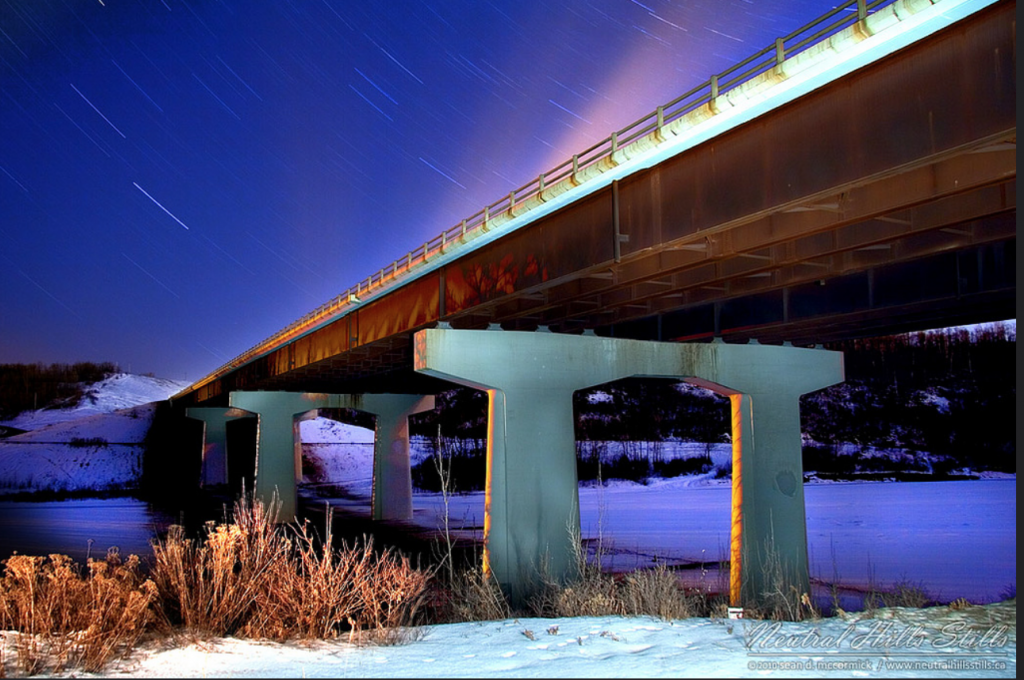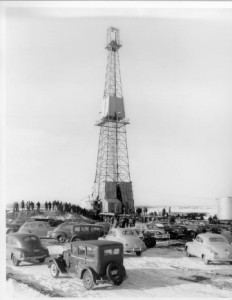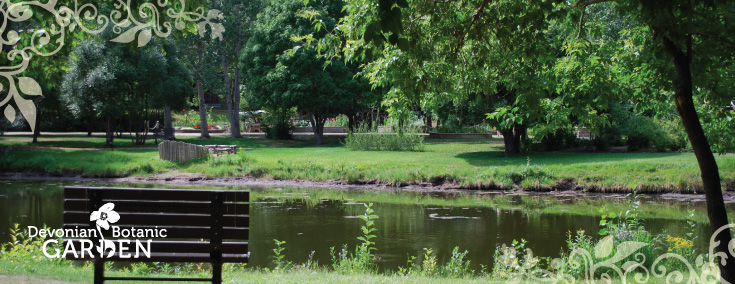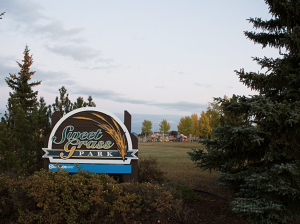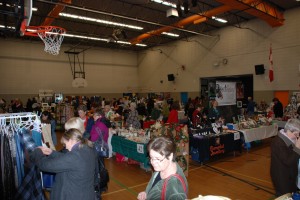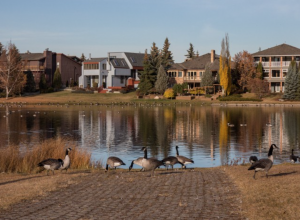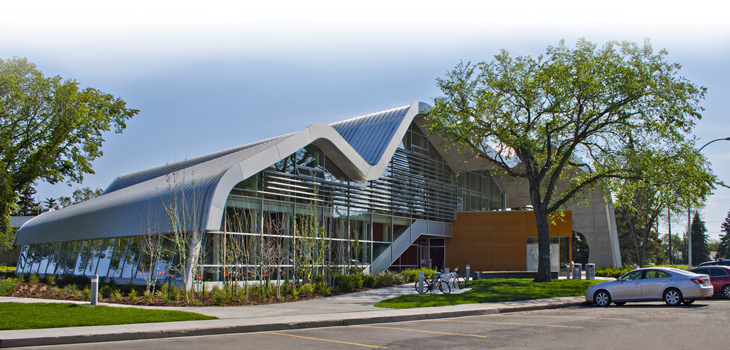Back to School: University Area
Monday, August 25th, 2014It’s that time of year again.
With heads hung low, our young’uns are dragging their feet back for yet another year of schooling. For those of us with not-so-young’uns this might mean experiencing their first year of collage; some in a new city, or just a new part of the city trying to live life on their own. This is why the surrounding residential areas of the University of Alberta have become so desirable.
There are many tiers of residence options from condominiums to large family homes. Residences can be bought with the short-term goal of housing a son or daughter for the duration of their studies, and then flipping the investment for profit. It can be lived in by the family into the foreseeable future. Or any of these lucrative properties can be held on to, and rented out year after year for the throng of passing students always looking for temporary housing. The turnover of renters, and neighbourhood desirably makes it equally easy to rent, sell, or live in the area.
This student turnover explains the high mobility of residents in the neighbourhood of Stratchcona. According to municipal census statistics, about 30% of residents had lived at the same address for 5 years or more, with 7 out of ten having moved within 3 years or less.
The area of residences near the University is considered to by part of the larger Edmonton neighbourhood, Strathcona. This historic area is quite old by Edmonton standards, around 15% of residences were built before 1946 and just over half were built in the 60’s and 70’s. This explains the eclectic architectural vibe of the neighbourhood and provides a wide array of housing options for interested potential residents. Around 44% of area homes are low rise apartment buildings, ideal for thrifty first years on campus. Approximately 24% of the area is comprised of single family dwellings, beautiful homes for the family or a comfortable, spacious retirement.
The University area’s desirability also has to do with it’s ample amenities. Designed as a neighbourhood for students with limited to access to their own transportation, almost every necessity is in walking distance, including grocery, restaurants, laundry, Edmonton’s popular Whyte Avenue district, multiple theatres, and of course all the buildings on campus. As well, the University’s transit centre is a main hub for bus and LRT services to all access all parts of the city.
Click here to view properties in the University area.


